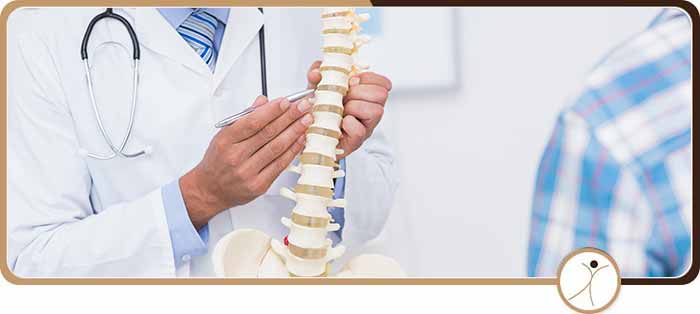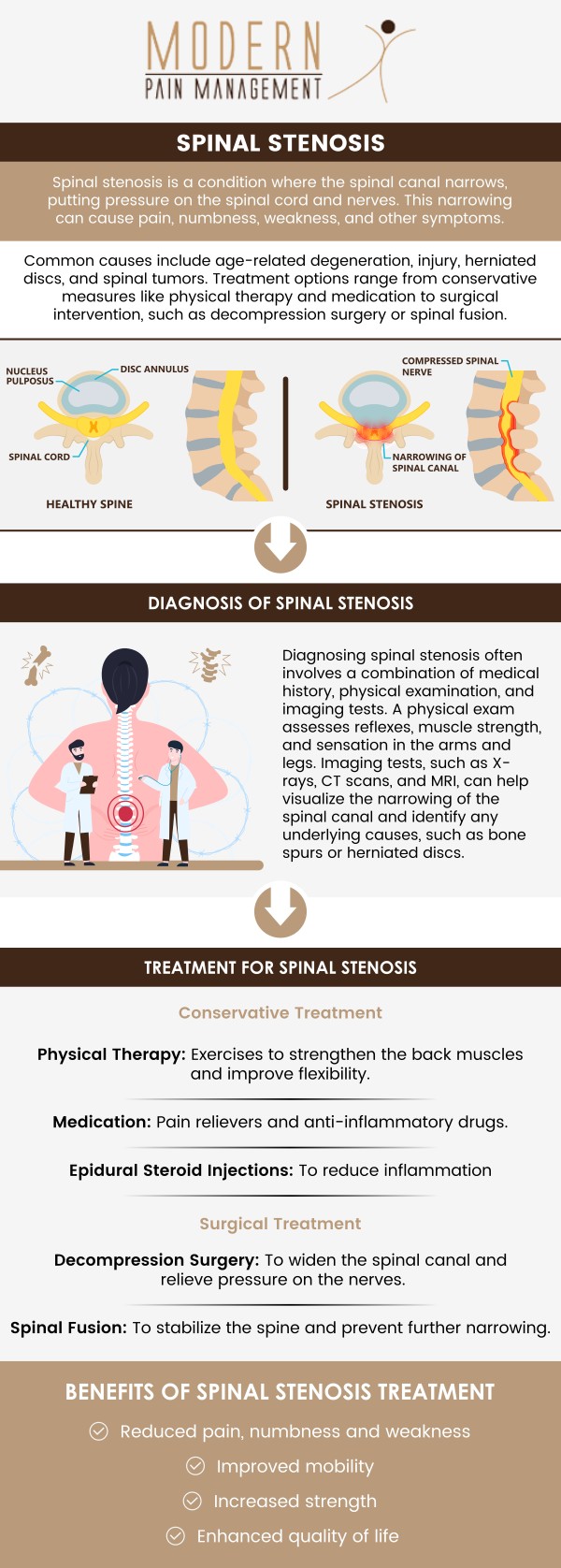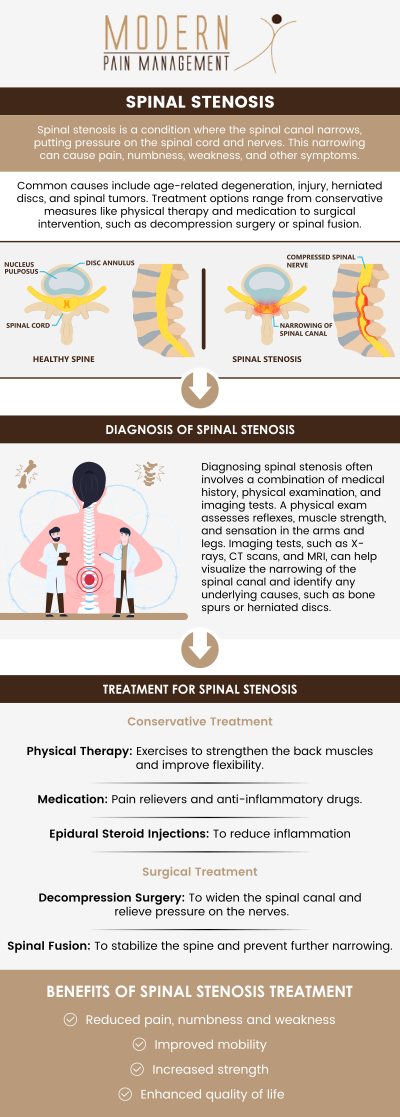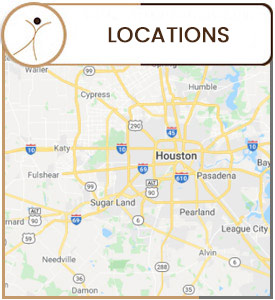Spinal Stenosis Specialist in Sugar Land and Houston TX
Spinal stenosis is a condition where the spaces within the spine narrow, putting pressure on the spinal cord and nerves. This can cause pain, numbness, and weakness, particularly in the lower back and legs. Visit Dr. Atallah, DO, and his team to learn more about treatment options that can help alleviate symptoms and improve mobility. We have convenient locations to serve you in Sugar Land and Houston TX. For more information, please contact us or book an appointment online.




Table of Contents:
What is the main cause of spinal stenosis?
What are the symptoms of spinal stenosis?
What happens if spinal stenosis is left untreated?
What activities should be avoided with spinal stenosis?
The spinal cord is full of a bunch of nerves that run through a tunnel formed by the vertebrae. This tunnel is known as the spinal canal. Lumbar spinal stenosis occurs when there is a narrowing of the spinal canal in the lower part of the back. Stenosis means narrowing, which causes pressure on the spinal cord or nerves and travels from the spinal cord to the muscles.
Spinal stenosis occurs in any area of the spine but is most commonly occurring within the lower back. This area of the spine is known as the lumbar area. If you are diagnosed with lumbar spinal stenosis, you most likely have issues walking distances, finding you need to lean forward when you walk or sit to relieve the pressure on the lower back. You feel pain or numbness in your legs. Finally, in more severe cases, you may notice you have difficulty controlling your bowel and bladder movements. Unfortunately, there is no cure for spinal stenosis, but there are many different treatment options available.
The main cause of spinal stenosis is osteoarthritis. Osteoarthritis is the gradual wear and tear that occurs over time in your joints. Spinal stenosis is quite common as well because osteoarthritis will begin to cause changes in the spine in individuals at age 50 or older. This is why many who develop symptoms of spinal stenosis are 50 or older. Women also have a much higher risk of developing spinal stenosis than men.
Some other conditions and circumstances can also cause spinal stenosis, including:
• Injury to the spine
• Spinal tumor
• Certain bone diseases
• Previous surgery on the spine
• Rheumatoid arthritis
• Narrow spinal canal
Usually, early on with lumbar spinal stenosis, you will not have any visible symptoms. However, over time, symptoms will begin to gradually develop and they often include:
• Pain in the back
• A burning sensation going from the buttocks and down to the legs (known as sciatica)
• Numbness, cramping, weakness, or tingling in the legs
• Loss of sensation within the feet
• Weakness within the feet that can cause your feet to slap down when walking, is known as “foot drop”
• Loss of sexual ability
A lot of pressure is put on the nerves within the lumbar region and can cause more serious symptoms to occur, known as cauda equine syndrome. If you are displaying any of these symptoms, it is necessary to seek medical attention immediately:
• Loss of bladder or bowel control
• Severe or increasing numbness in between the inner thighs, back of the legs, and between the legs
• Severe pain and weakness that begins to spread into one or both legs. It can be quite difficult to walk or get out of a chair
There are several risks if you leave spinal stenosis untreated, as they will begin to worsen over time without treatment and will lead to more serious issues down the road, including nerve damage and paralysis. A few of the risks of avoiding treatment include:
• Consistent pain and discomfort
• Decreased levels of activity
• Disability
• Loss of bowel and bladder control
If you have been diagnosed with spinal stenosis, your doctor will let you know what activities need to be avoided with spinal stenosis, including:
• Avoid excessive back extension
• Avoiding running or long walks
• Avoid certain poses and stretches
• Avoiding a rounded back
• Avoid too much bed rest
• Avoid contact sports
If you believe you are noticing signs and symptoms of spinal stenosis, contact Modern Pain Management today to schedule an appointment so we can help you with treatment for spinal stenosis. We have convenient locations to serve you. For more information, please contact us or book an appointment online. We serve patients from Houston TX, Sugar Land TX, Stafford TX, Pearland TX, Missouri City TX, Jersey Village TX, and Richmond TX.
ADDITIONAL SERVICES YOU MAY NEED




